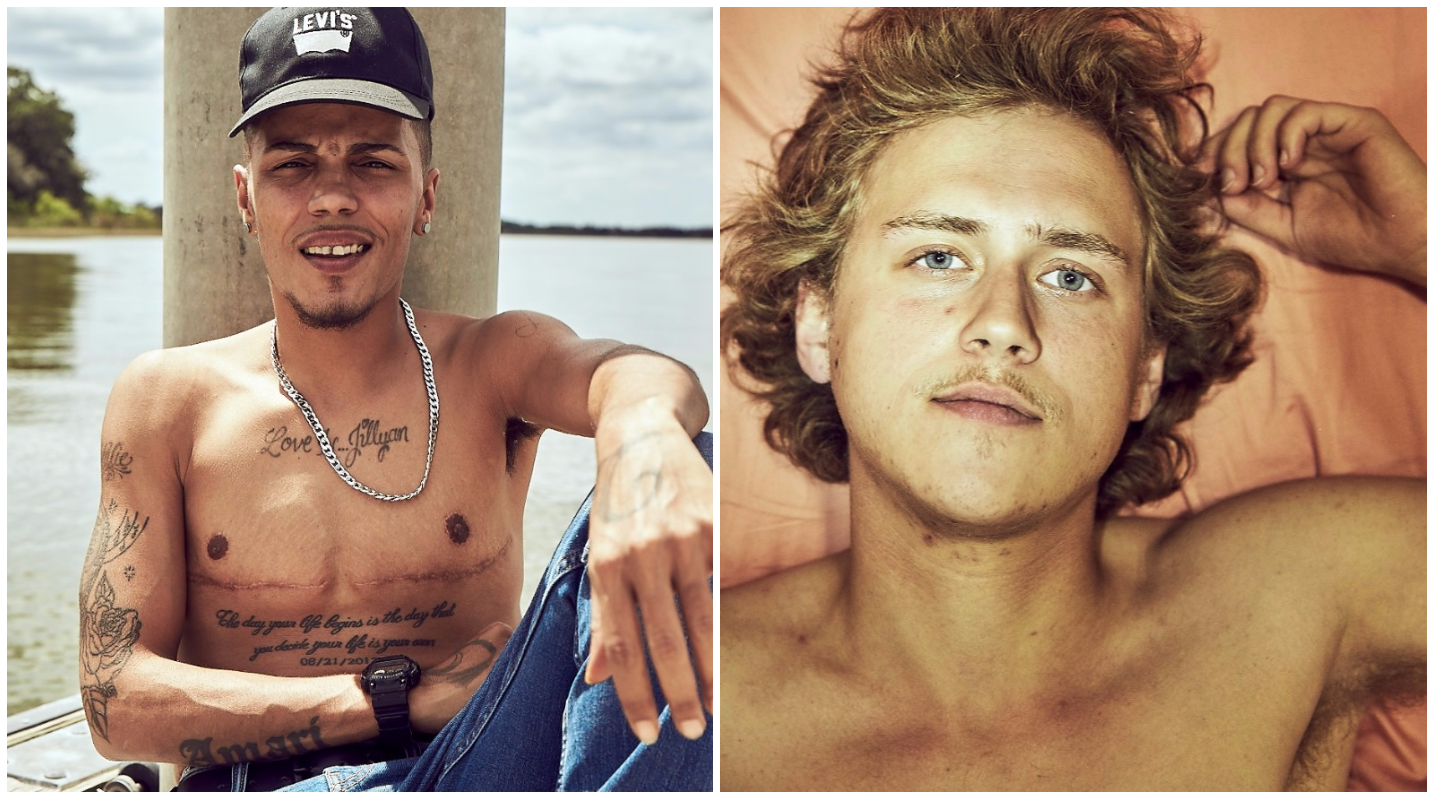As our society’s relationship with gender and the language surrounding it slowly begins to shift, trans people are finally being permitted to carve out an authentic, multi-dimensional place for themselves within pop culture. But while the roles for trans characters in movies and TV are starting to move beyond token stereotypes and bad cliches, there’s still a whole lot of work that needs to be done and a greater diversity of non-binary stories that need to be told.
One person putting in that work is photographer Soraya Zaman whose “American Boys Project” is helping to expand our perceptions of the trans-masculine community, presenting viewers with a diversity of trans identities and experiences, while creating a safe space on Instagram for anyone who’s ever felt like they don’t fit tidily into culture’s strict conceptions of gender. Identifying as gender queer themselves, Soraya says, “Growing up and not having language or people to relate to and correctly explain how I felt in relation to my gender was hard. It took me a long time to come into my own sense of self. So the project is very personal in that way.” The youth of today, on the other hand, are finding new language and new means of forging their unique identities online. “I think its really exciting that the narrative around gender is changing and I wanted to explore that through my photography,” they say. “It makes me happy that young people might not have to sit and wonder why they feel different any longer and instead have a safe space to explore their expression.”
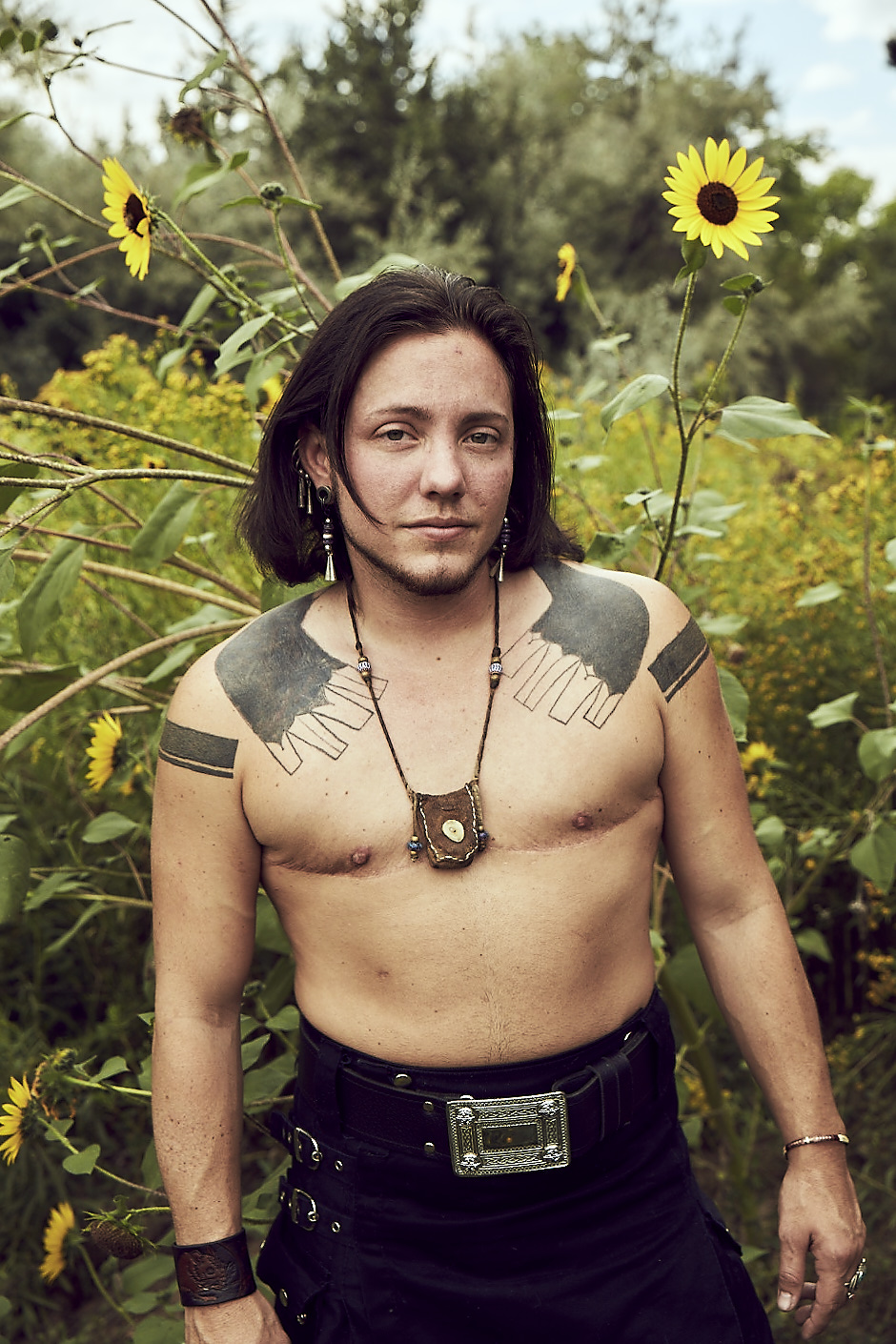
And thanks to their stunning Instagram account @americanboysproject and forthcoming book by the same title coming out April 2019 with Daylight Books, which features portraits and brief interviews with a wide range of people within the trans-masculine community, finding a gender queer person who inspires you, looks like you, or simply understands exactly what you’re going through just got a whole lot easier.

Can you tell me about how you got started?
I started this project in the summer of 2016. I really wanted to get back in touch with taking photographs for the reasons I love being a photographer. For me, its about the human interaction and exchange you have with someone when you take their picture and getting that moment that is real and genuine. I’ve often explored my own personal photography from a queer space and had been doing a lot of street casting at gay and queer nights. I’ve always loved the natural story telling process of trans-masculine community online and it just evolved from there. In essence, I’m bringing all of these individual stories together into a single body of work.

How has the project evolved or changed since you started it?
It’s changed in a lot of ways! When I started this nearly 3 years ago it was a very humble beginning as a personal project. As I met and photographed each subject, I quickly learned what a validating experience it was for everyone I met and also how important it became to tell these stories. I felt a responsibility to honor their journey and do the best job I can to get it out into the world.
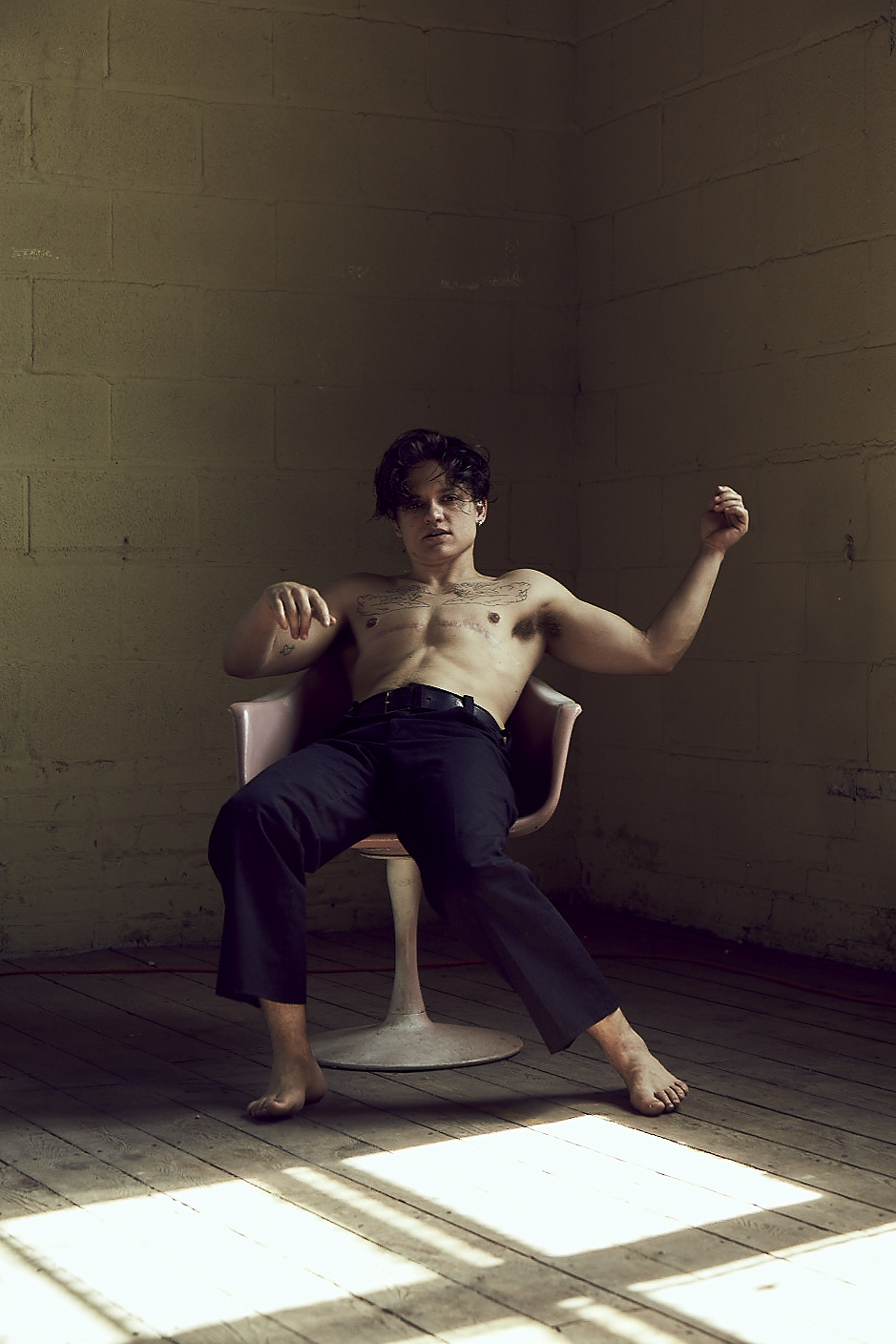
What do you hope to demonstrate via these images?
The essence of this project is to express humanity. Capturing the humanness, the vulnerability, the beauty, the humor, and the honesty in each person is hopefully something that a viewer can connect with, no matter what their gender identity is. For trans and non-binary youth, seeing positive imagery might help them take the brave steps to live their truth, or perhaps a family member will look at this work to learn more and feel more comfortable with the process. I also have high hopes that this work will live and be seen outside the trans and LGBT community and by those who maybe haven’t had a lot of exposure to trans and non-binary folks. I think people are genuinely wanting to learn more and ask questions. A book is great way to explore this curiosity and learn more. Fear and prejudice stems from the unknown and a lot of transphobia or misunderstandings comes from not being informed. But I think the simple act of seeing images and hearing stories can help to break down some of these perceptions and debunk some of the mystery, so people can learn that it isn’t threatening to them and their own understanding of self.

How do you feel about representations of trans men and trans beauty in popular culture?
I think the trans-masculine community has been extremely under-represented in mainstream media, and when it is represented, often trans-masculine bodies get fetishized and over-sexualized. You see articles come out about the “The 10 hottest trans men” etc., and that can be all you see. Although, I do think this is changing which is great. I’ve tried to represent a range of people. Some may have been included in those type of lists, but also many who haven’t. The images offer the viewer a more raw and honest portrayal of trans identity. They are all photographed in their own clothing and in and around where they live. Also, the representation of the body isn’t to sexualize it, rather to tell the story that trans bodies don’t totally align with cis gender expectations and that’s ok.
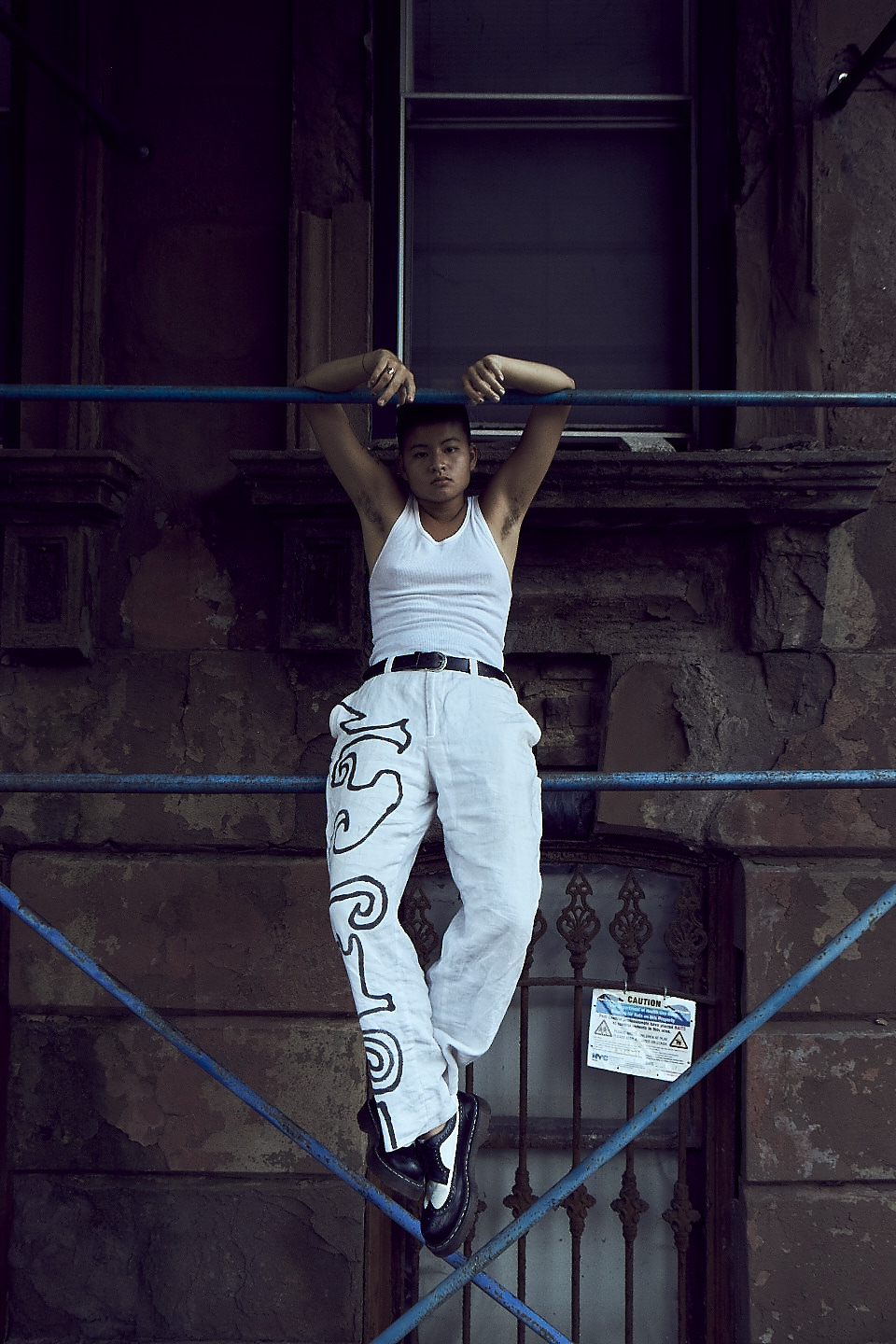
How do you find your subjects?
I found each one of my subjects on Instagram and then I reached out over direct message. I actually believe that online social platforms such as Instagram and YouTube are a huge reason why the gender evolution is happening now. The youth of today have access to information and can connect with people from all over the world on their phones and computers and find a community or a reference point for how they are feeling. We’ve never been able to do this so easily. Almost everyone I photographed said that their “aha!” moment in realizing they are transgender was from finding a video on YouTube of a trans man documenting their transition or stumbling across someone’s Instagram page. I think this is pretty remarkable and a sign of the times.

Do your subjects have any concerns about how their images will be received?
Its been positive and everyone is excited to be a part of this work. I’ve always approached it wanting to show everyone I’ve photographed in a honest and positive light and the way they’d want to be seen. I’m working hard to cultivate a positive and inclusive space so any negativity has no room. I’m sure as the exposure around this project grows, negative commentary might pop up, especially on the Instagram page. I’m hoping we can take this and turn it into an opportunity to change awareness.
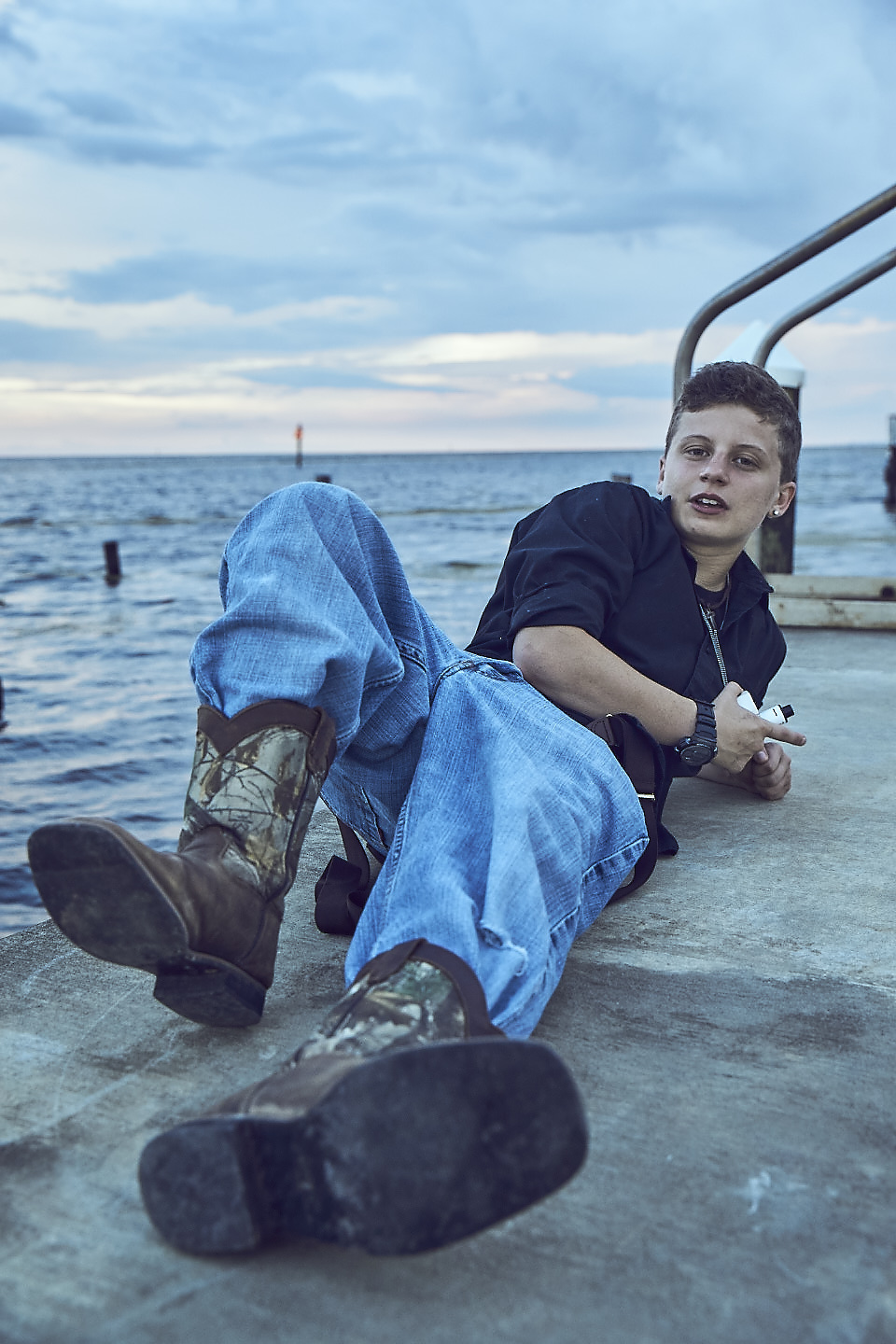
What’s surprised you the most about the people you’ve featured?
I think when I started this project, I was prepared to hear a lot of sad stories about families disowning their children for coming out at transgender. Don’t get me wrong, many had to battle for acceptance within their family and with friends, and often this was and still is extremely difficult. There are some stories that broke my heart for sure. However, I was pleasantly surprised at the number of positive stories; that parents chose to accept their child as trans once they saw how happy it made them to be living their truth. They’d rather see them happy and living than depressed and suicidal. I just hope that as time goes on, more and more trans folk will get this same acceptance.
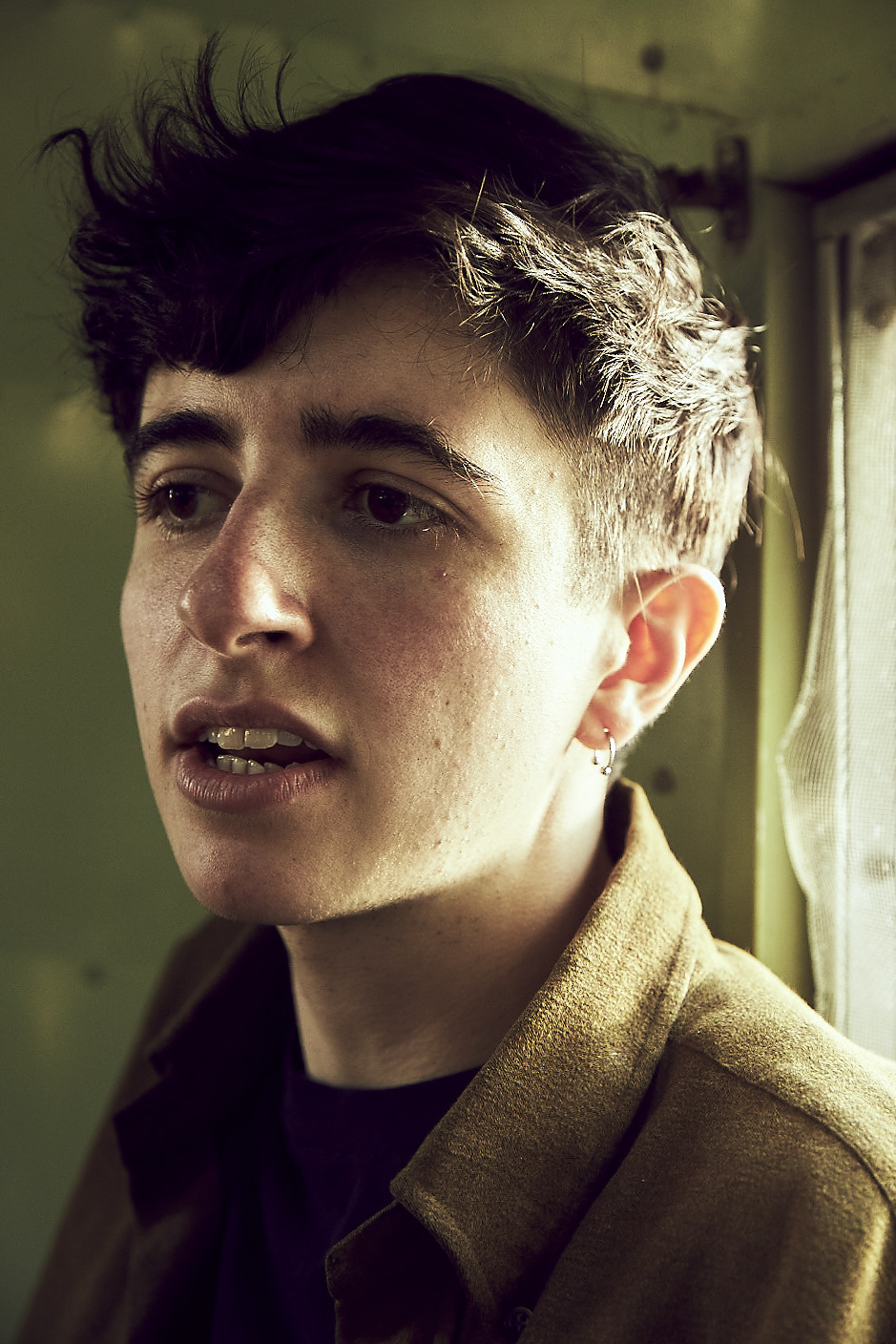
I love that their images are accompanied by little descriptions about their personalities and journeys, why did you feel this was an important element to add?
I think it’s nice to get a sense of each person and their character because everyone is so different and the diversity is important to share. When I met with everyone we sat for a few hours and just chatted. I recorded each conversation so I have a record of what we talked about. The book will actually have direct quotes from each person rather then my commentary. The quotes include stories of transition or insights into their understanding or gender identity, sexuality, politics, race, relationships, religion, etc. so it will be different to my Instagram commentary and more personal to each subject.
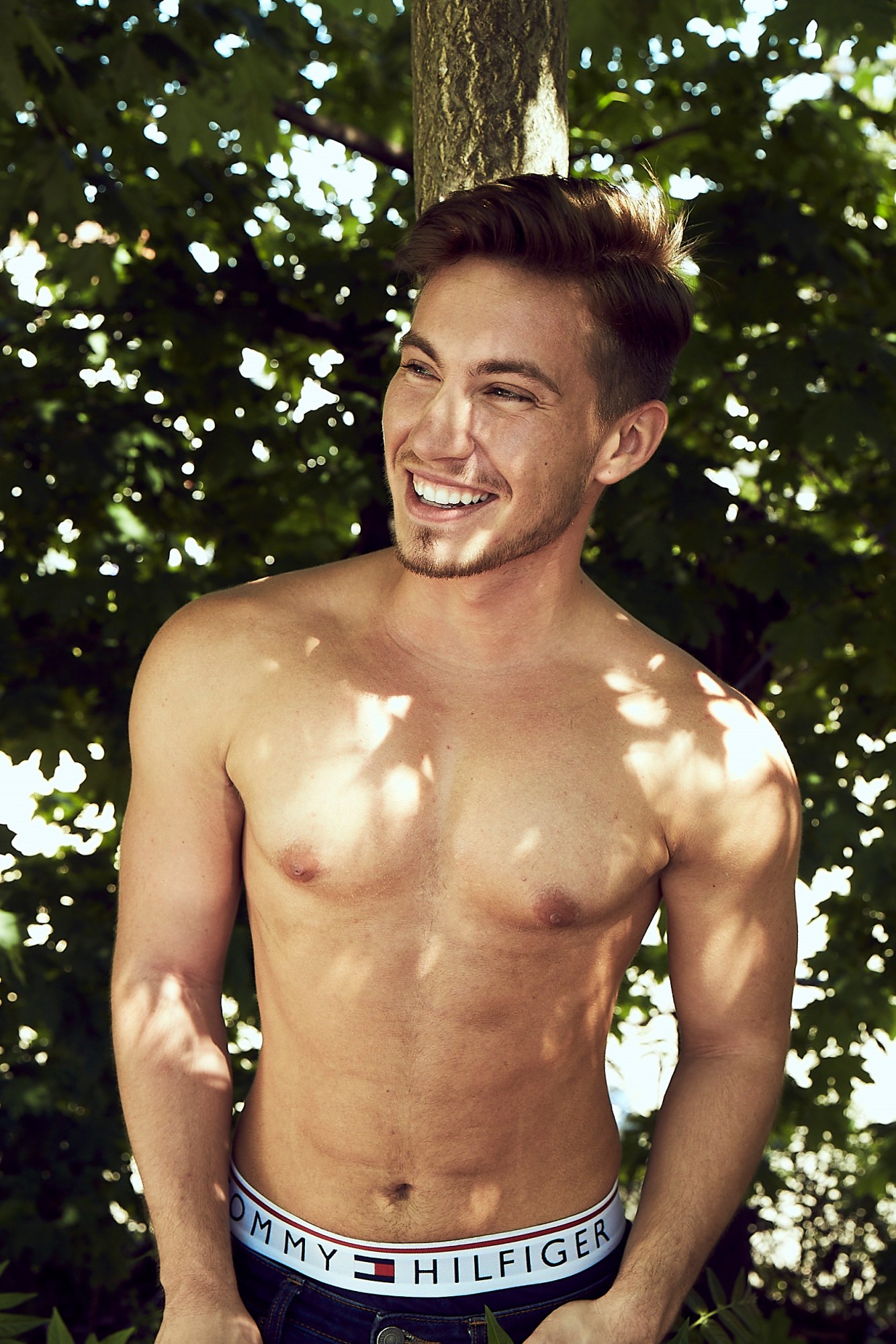
Most of your subjects have been on testosterone for at least few months if not years, do you have any plans to feature people who are just at the very beginning of their transition process?
Everyone I photographed had started testosterone by the time I met and photographed them, although that wasn’t entirely planned. The process in finding people started well before I went to actually go visit them. I was looking for natural storytellers, either of themselves or the world around them. Some people just have an intuitive understanding for image making and storytelling and that was my driving factor. I found Chella Man pre-testosterone and I knew he had to be a part of the project, however by the time I could arrange to photograph him, he had just started T about 2 weeks prior. The reason I call out length of testosterone in each post is not about its validity for identifying as transgender, its being used as a marker of time. All the people in the project were either photographed 1 or 2 years ago and some have changed a lot since we met and shot together.
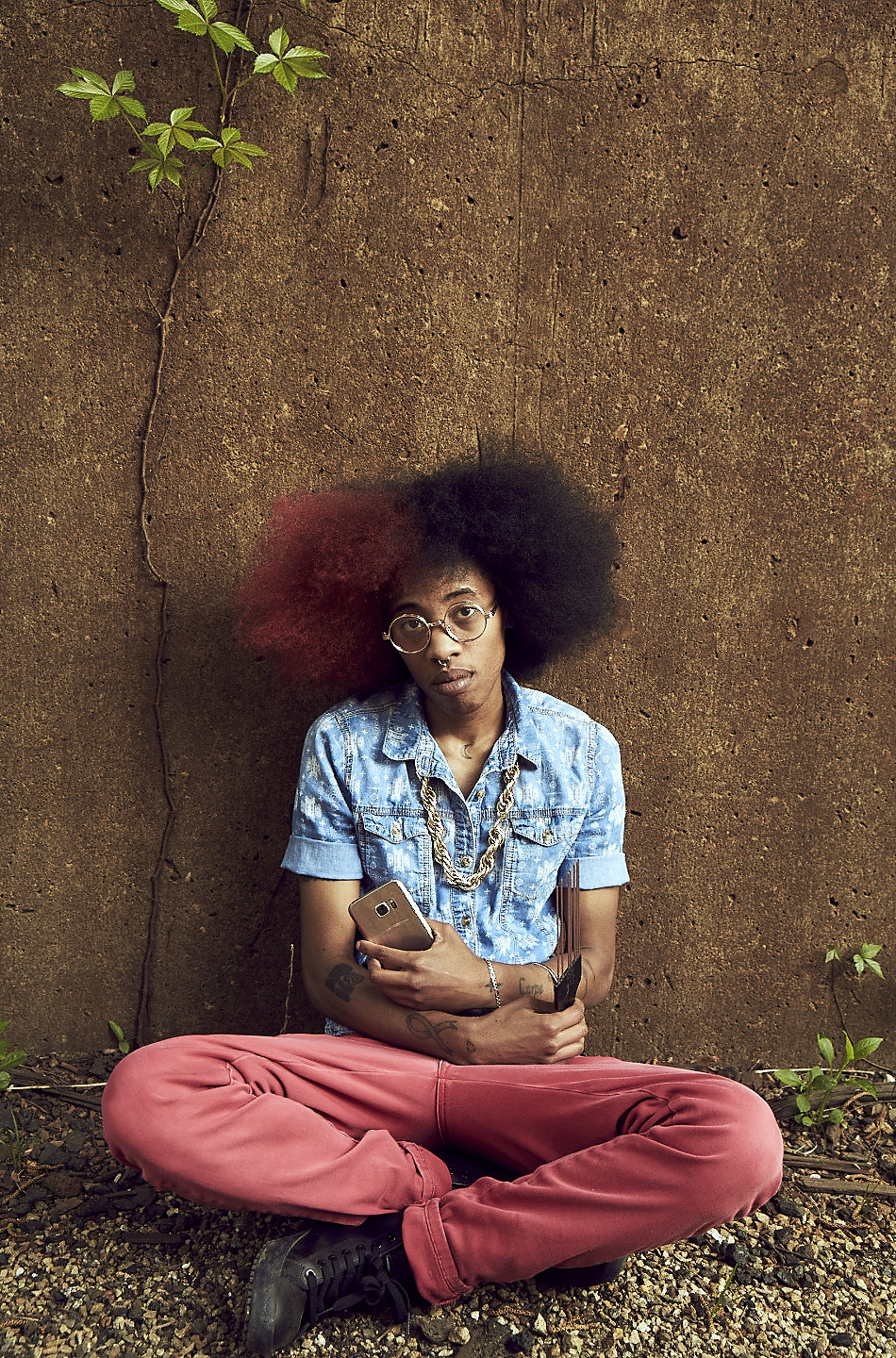
Why do you feel it’s important to show members of the trans-masculine community at all of these different stages?
I think people at different stages have different views and understandings about the process which is important to share as they are all valid. Also, It’s undeniable how amazing the process of injecting hormones can transform the human body and help to align one’s gender identity with the way they look and present in the world.
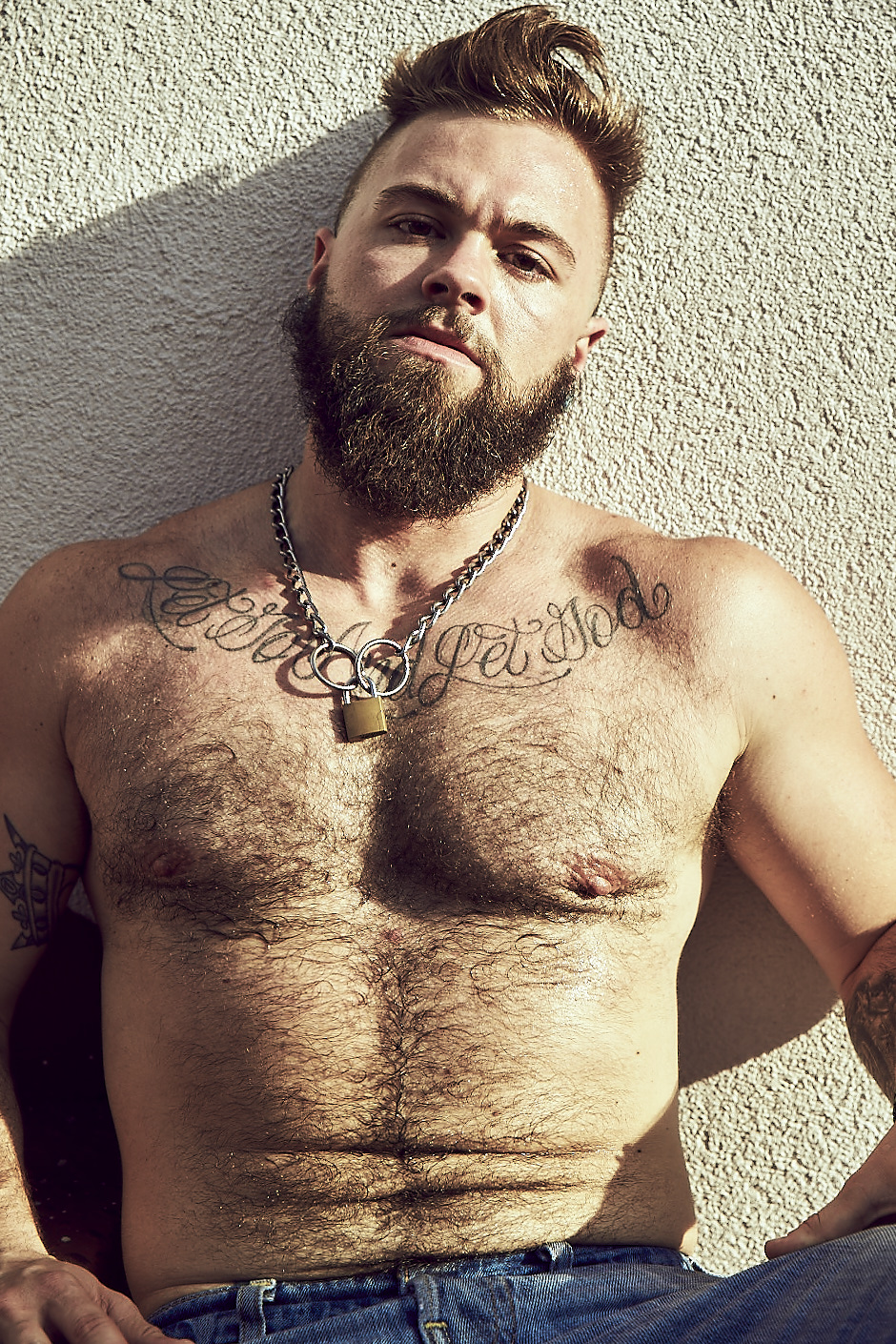
What about the Americana aesthetic appealed to you for this project?
I’m Australian, so I guess I can view American culture through an outsider’s lens. There is this nostalgic notion of what “American Boyhood” is across the country and how where you live and grow up impacts who you are. Growing up in New York is drastically different to growing up in Louisiana or Texas or Oregon. The title of the project, “American Boys,” is an intentional call-out to this notion and is meant to challenge how people view and perceive traditional gender roles and cultural interpretations across the country. For this reason it was really important to me that I had a geographical spread of people across the country. I ended up visiting 19 states across mainland USA and the map of places I visited will be an important inclusion in the book.
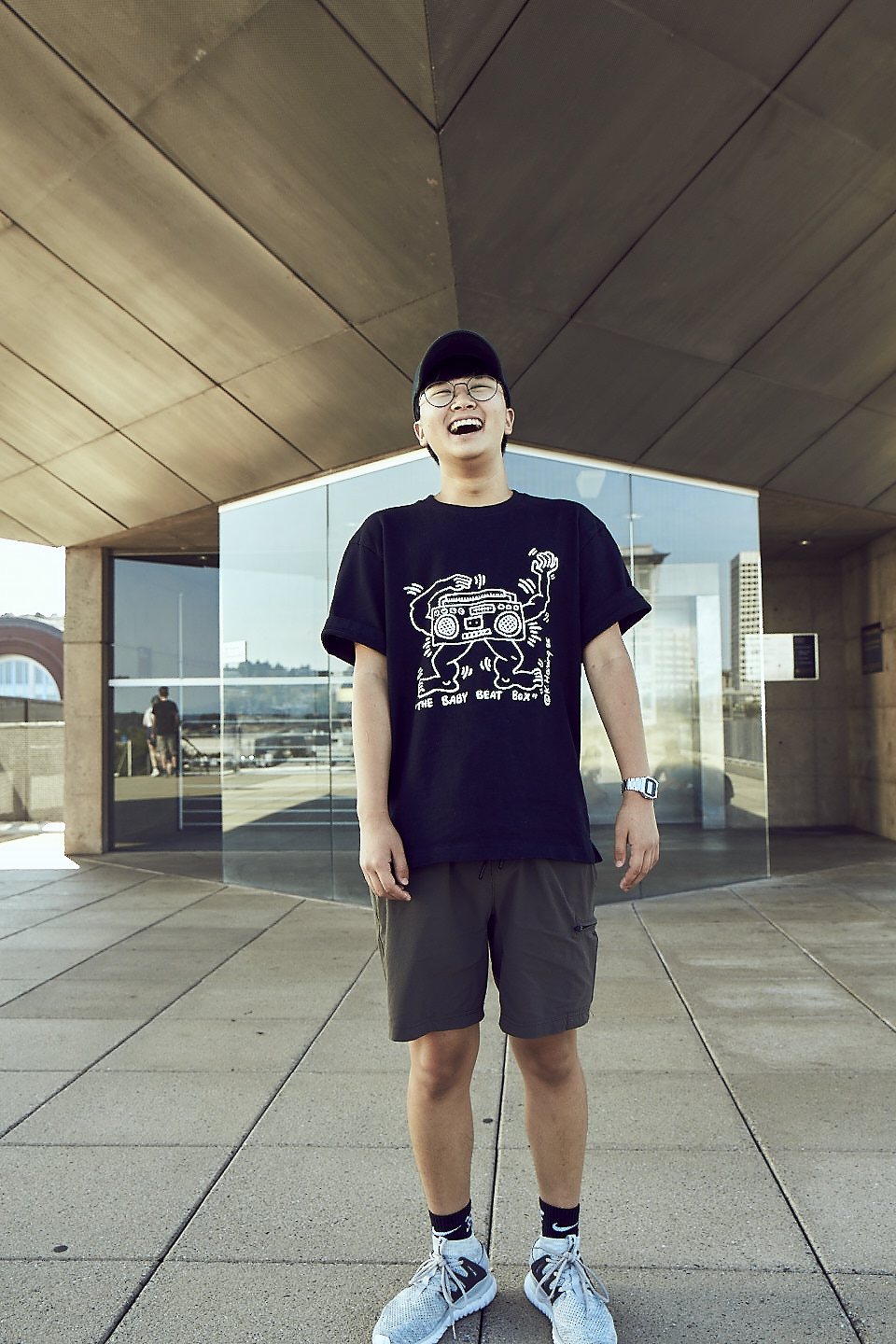
Why do you feel there’s a need for a project like this right now?
Because the millennial generation are spearheading the gender evolution. There is a strong movement across not just the U.S., but all over the world for us all to stop and recenter how we perceive and interpret gender. We are all being asked to listen to our young people who are coming out and saying, ‘My body isn’t a representation of what I feel my gender is.’ The people in this work are pioneers, or the first wave of this movement, and will be some of the first people to be on hormones from teen years into the future. So it’s really important to capture this. I hope that, in say 20 years, this work can act as a historical marker for our time as we look back on what’s happening now in gender and also the political climate it is happening in.
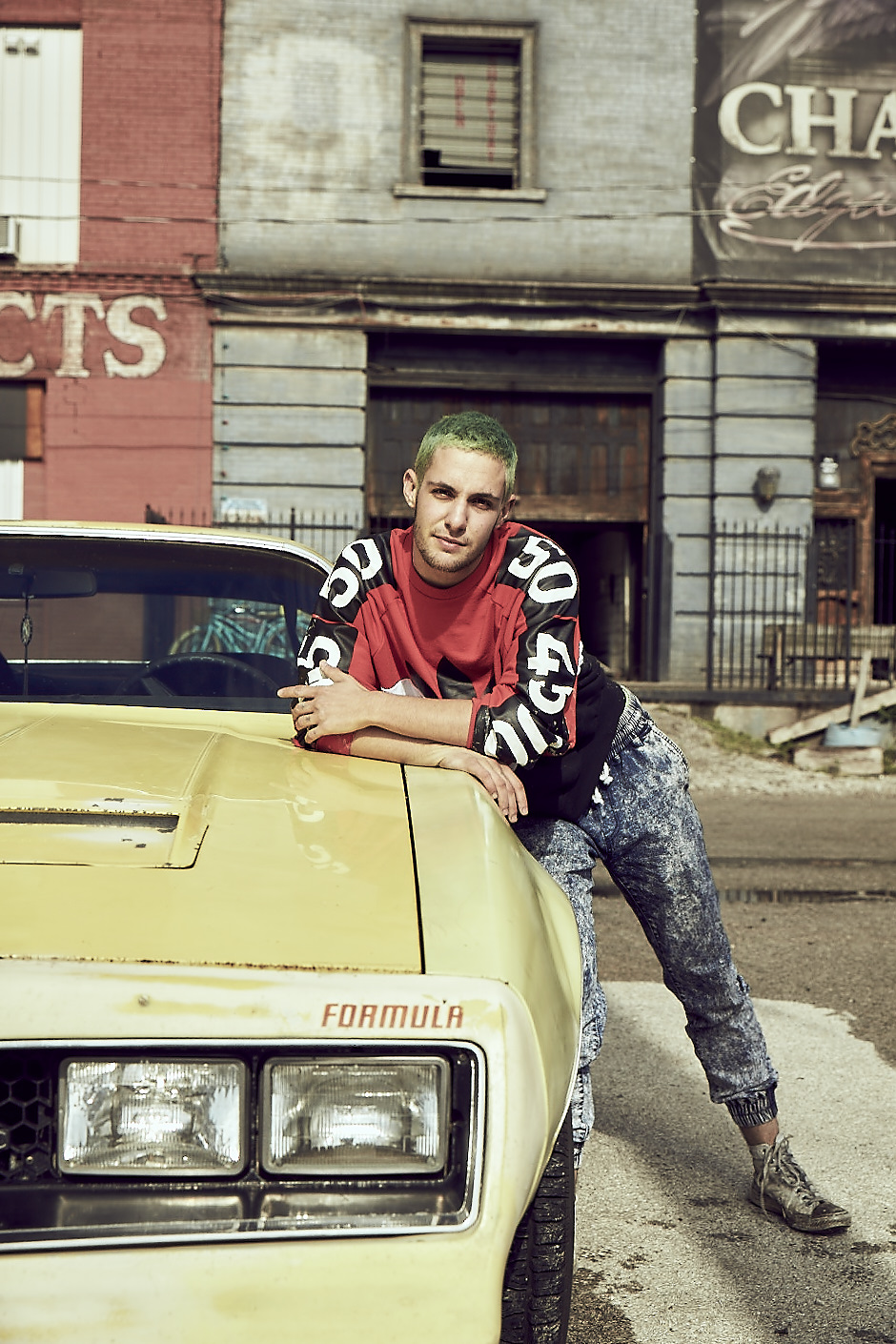
How do you hope to see this project grow?
Well my next big goal is to get the book made and do an exhibition/opening in New York. I have a dream of somehow flying everyone in the project to New York to attend the exhibition. It would be an amazing meet-and-greet opportunity not only for them, but also everyone who comes to the opening. It think it could be a really special moment and an opportunity to bring the trans-masculine community into the spotlight and be visible in one space.

